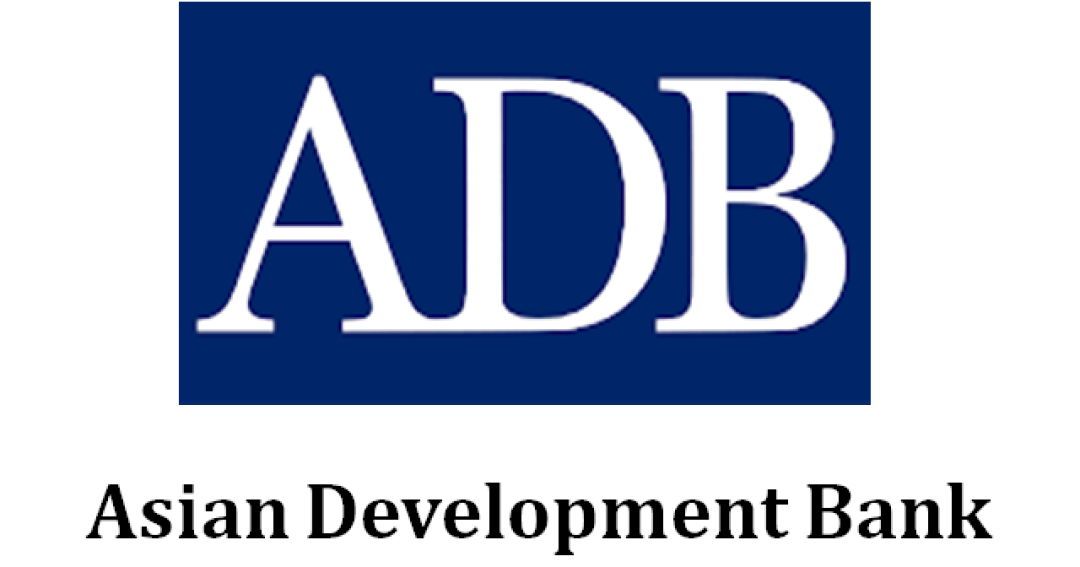
ADB Revises Azerbaijan's 2025 Economic Growth Forecast to 3.4%

On April 9, the Asian Development Bank (ADB) projected Azerbaijan’s economic growth at 3.4% in 2025 and 3.3% in 2026, revising the 2025 forecast upward by 0.8 percentage points compared to previous estimates.
According to the ADB, Azerbaijan’s GDP growth over 2025–2026 is expected to average 3.35%, with weak external demand likely to impact economic activity in the Caucasus and Central Asia, causing regional growth to slow from 5.7% in 2024 to 5% in 2026. In comparison, Azerbaijan’s Ministry of Economy forecasts 3.5% growth in 2025, while the Central Bank predicts 3.3% growth. Various international rating agencies provide differing projections: S&P Global expects 2% annual growth, Fitch Ratings predicts 3% growth in 2025 and 2.4% in 2026, and Moody’s forecasts 2.5% growth each year. The European Bank for Reconstruction and Development (EBRD) expects 3% growth in 2025, followed by 2.5% in 2026, while the World Bank forecasts 2.7% and 2.4%, respectively.
Regarding inflation, the ADB anticipates an average inflation rate of 4.2% in 2025, revised upward by 0.4 percentage points from earlier predictions. Inflation is expected to moderate to 3.5% in 2026. The increase in 2025 is attributed to the delayed effects of rising fuel prices and higher utility tariffs. The Central Bank of Azerbaijan has maintained its policy rate at 7.25% since May 2024 to manage inflation, which reached 2.2% in 2024. Inflation forecasts from other organizations vary, with the Ministry of Economy predicting 4.6% in 2025, while the United Nations expects 3.6% in 2025 and 3.1% in 2026.
The ADB also highlighted the importance of private sector involvement in improving the efficiency of the Middle Corridor, which connects Central Asia with Europe through Azerbaijan. This initiative could support Azerbaijan’s environmental goals and enhance regional connectivity. The Trans-Caspian Middle Corridor (TITR) has seen significant growth, with cargo transport increasing by 62% in 2024, reaching 4.5 million tons, and expected to rise to 5.2 million tons in 2025. Private sector participation is seen as essential for scaling up trade finance, supply chain finance, and digital trade.
Furthermore, the ADB stressed the importance of developing performance-based contracts to encourage private sector participation in Azerbaijan’s infrastructure and public services. The ADB noted that the 2022 adoption of a new Public-Private Partnership (PPP) law has created opportunities, but more time is needed for significant outcomes. The ADB also advocated for reforms in state-owned enterprises (SOEs), particularly in the hydrocarbon sector, to foster a more competitive and sustainable economy.
The ADB forecasts a reduction in Azerbaijan’s state budget deficit to 2% of GDP by 2026, following a projected 2.4% in 2025. State revenue is expected to reach 30% of GDP in 2025, with the majority coming from tax revenue (12%), non-tax revenue (7%), and transfers from SOFAZ (11%). Public investment is projected to decrease to 2% of GDP in 2025, while social protection and support expenditures are expected to rise by 8%. In 2024, Azerbaijan’s state budget deficit was minimal at 0.0004% of GDP, and the surplus reached 7.2% of GDP in January–February 2025.
See Also


Mirzoyan Meets US Deputy Assistant Secretary Joshua Huck

Azerbaijani President Holds Talks with UAE and German Business Delegations on Economic Cooperation

Grigoryan Confirms Armenia’s Readiness to Dissolve OSCE Minsk Group Upon Peace Treaty Signing

Azerbaijani Official Warns of Ecological Risks to Caspian Sea, Similar to Lake Urmia and Aral Sea

